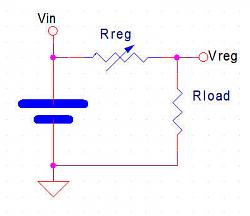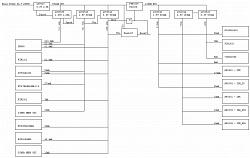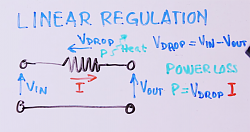Hello everybody, I've made a short tutorial about voltage regulators, that are used everywhere in electronic circuit.
Also knowing how they work and why one type is choosen rather than another could provide a better understanding that would turn useful when it comes to DIY something that requires an electronic control.
You can also watch the playlist "Hands on electronics" (on my channel Accidental Science) where other videos on the topic are listed.
I hope this will come useful to someone.
Cheers, Claudio.



 LinkBack URL
LinkBack URL About LinkBacks
About LinkBacks


 Reply With Quote
Reply With Quote



 was an expedient to convey the concept to people that have not much knowledge in electronics.
was an expedient to convey the concept to people that have not much knowledge in electronics.



Bookmarks